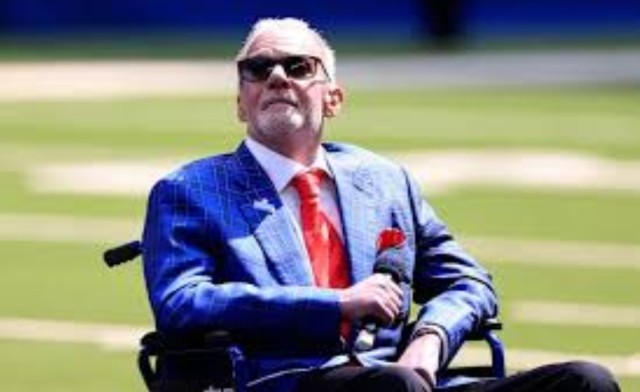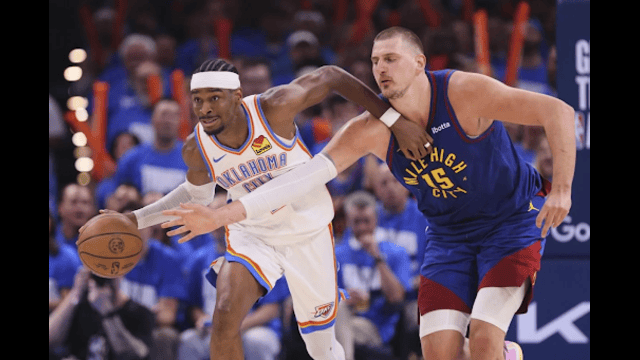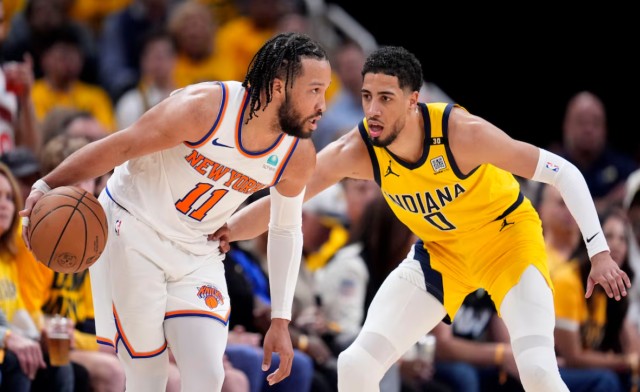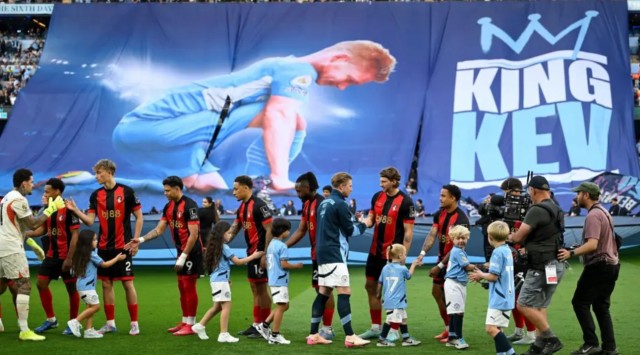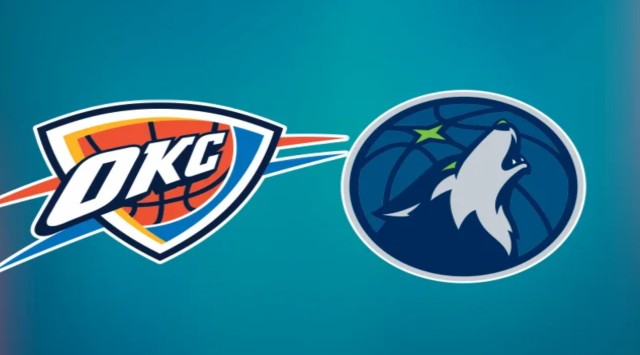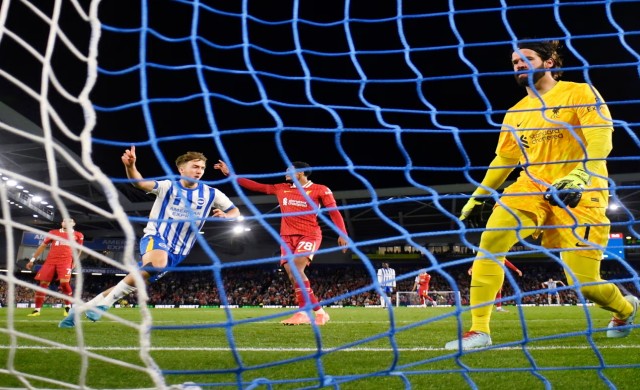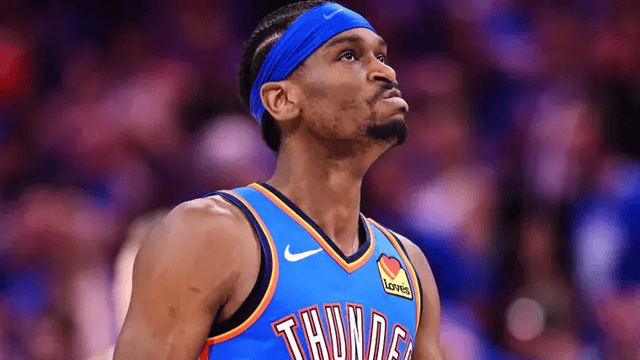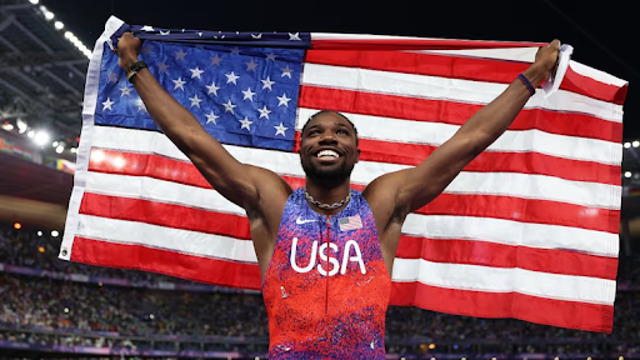
Noah Lyles earned the title of the world's fastest man after clinching gold in the 100-meter race at the Paris Olympics this August. (Christian Petersen/Getty Images)
Track and field has seen its fair share of spectacle races, the latest being a 50-meter showdown between Olympic champion Noah Lyles and social media sensation Darren Watkins Jr., known as IShowSpeed. Though entertaining, such events highlight a glaring reality—there's a vast gap between professional athletes and internet personalities, even when their online personas suggest otherwise.
In the viral video, Lyles comfortably defeats Watkins, despite the latter's reputation for performing jaw-dropping stunts like jumping over moving cars. While the race drew millions of views, it offered little more than a reality check: elite athletes operate on a level far beyond what most can achieve, even those who are athletic in their own right. Watkins’ 34 million YouTube followers might be impressed, but the event didn’t truly showcase the best of the sport or provide meaningful drama.
This novelty race taps into a growing trend where niche sports like track and field borrow tactics from boxing, which has hosted influencer matches since 2018. The aim? To stay relevant and attract new fans. The logic is simple: Watkins has millions of followers, and if even a fraction of them engage with track and field, it’s a win for the sport. However, the strategy is flawed.
Boxing’s influencer matches may generate short-term buzz, but they haven’t returned the sport to its former glory. Similarly, putting influencers in novelty races doesn’t address track and field’s core challenges. The sport thrives on genuine competition, where numbers—timings, distances, and records—define success. Unlike boxing, where evenly matched fights create intrigue, a clear mismatch in a race leaves little room for excitement.
Track and field fans crave authenticity. Events like Grand Slam track or world championships deliver that by showcasing athletes’ hard-earned skills and dedication. Gimmicks, on the other hand, risk alienating the loyal audience without converting influencer followers into lasting fans.
For Watkins, the race lacked verifiable metrics—no official timing or properly marked start and finish lines. While his athletic background includes anecdotes and high school football highlights, there’s no evidence placing him anywhere near Lyles’ level. The race, likely meant as a spectacle, instead became a stark reminder of how unattainable elite athleticism is for most.
What track and field needs isn’t stunts, but a focus on cultivating future stars. Athletes like Christian Miller, Quincy Wilson, and Gout Gout represent the sport’s future and can inspire the next generation of fans. Novelty events might grab fleeting attention, but long-term growth lies in nurturing talent and preserving the integrity of competition.
If track and field continues chasing quick wins through influencer races, it risks losing what makes it special: the awe-inspiring achievements of its athletes.


